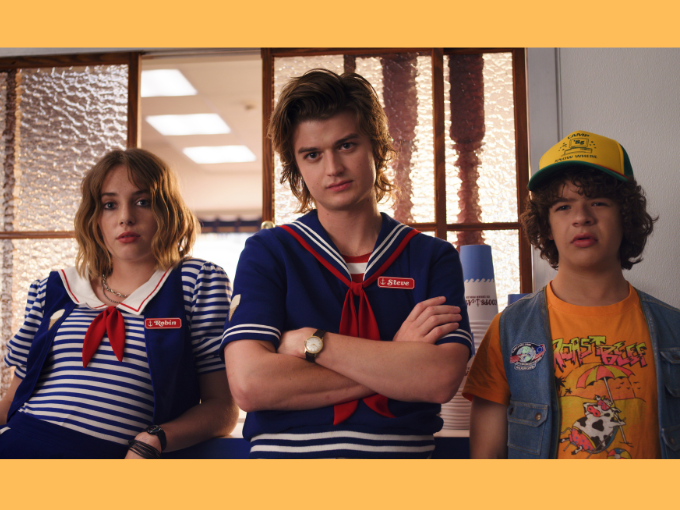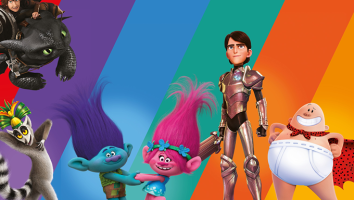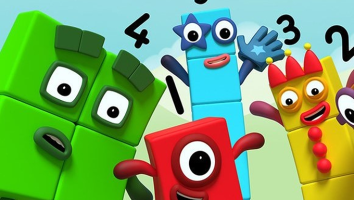Teens in the US are wondering why they don’t see more platonic relationships on screen. And that’s just one of many key takeaways from the second-annual Teens & Screens report released today by the Center for Scholars and Storytellers (CSS) at UCLA.
To generate its data, CSS surveyed 1,500 people between the ages of 10 and 24 in August 2023, including 300 pre-teens (10 to 12) and 500 teens (13 to 17). Psychology grad Stephanie Rivas-Lara is the lead author of the study, which is co-authored by CSS founder/director Yalda Uhls.
When it comes to the types of relationships shown on screen, teens are tired of love triangles and “will they or won’t they” storylines. A majority of respondents (55%) expressed a desire to see more focus on friendships in film and TV.
“While some storytellers use sex and romance as a shortcut to character connection, it’s important for Hollywood to recognize that adolescents want stories that reflect the full spectrum of relationships,” noted Uhls. More than half (51.8%) of all teens surveyed also said sexual content was not necessary in most series and films.
Another indicator of what CSS calls a “nomance” trend is the fact that 38% of the teen sample said they are particularly keen to see more aromantic/asexual characters.
On average, all of the respondents ranked romantic clichés among their five least favorite fictional stereotypes. (And that’s quite a shift from when love triangles reigned supreme in fairly recent teen-skewing film franchises like To All the Boys and Twilight.)
When asked to choose between the two, a whopping 57% of pre-teens expressed a preference for original content over pre-existing IPs (such as reboots and book adaptations). But kids aren’t totally over franchises—in fact, superheroes are the number-one thing that 10 to 12s want to see more of.
Young audiences also want more relatable characters: Both pre-teens and teens put “lives like my own” second on their wishlist (behind action and/or fight scenes). This is quite different from last year’s survey, in which escapism (portraying lives that were different from their own, like in fantasy stories) ranked as the number-one thing teens wanted more of.
When it comes to specific examples of authenticity, what’s winning over Gen Alpha and Gen Z the most is influencer Mr. Beast, known for his elaborate YouTube content.
On the fiction side of things, Netflix’s Stranger Things (pictured) and Heartstopper emerged as favorites. These shows may differ drastically in terms of genre, but they both represent authentic adolescent characters. Prime Video’s YA book adaptation The Summer I Turned Pretty and Mattel’s Barbie movie were also among teens’ faves this year.
And when it comes to how this audience enjoys consuming content, most pre-teens/teens tend to binge. Only around a quarter (26.6%) of 10 to 17s prefer weekly episode releases—versus 48.3% and 52.2% of each respective demo preferring full-season drops.
The full Teens & Screens report is available for download on the Scholars and Storytellers website.
Image courtesy of Netflix



























